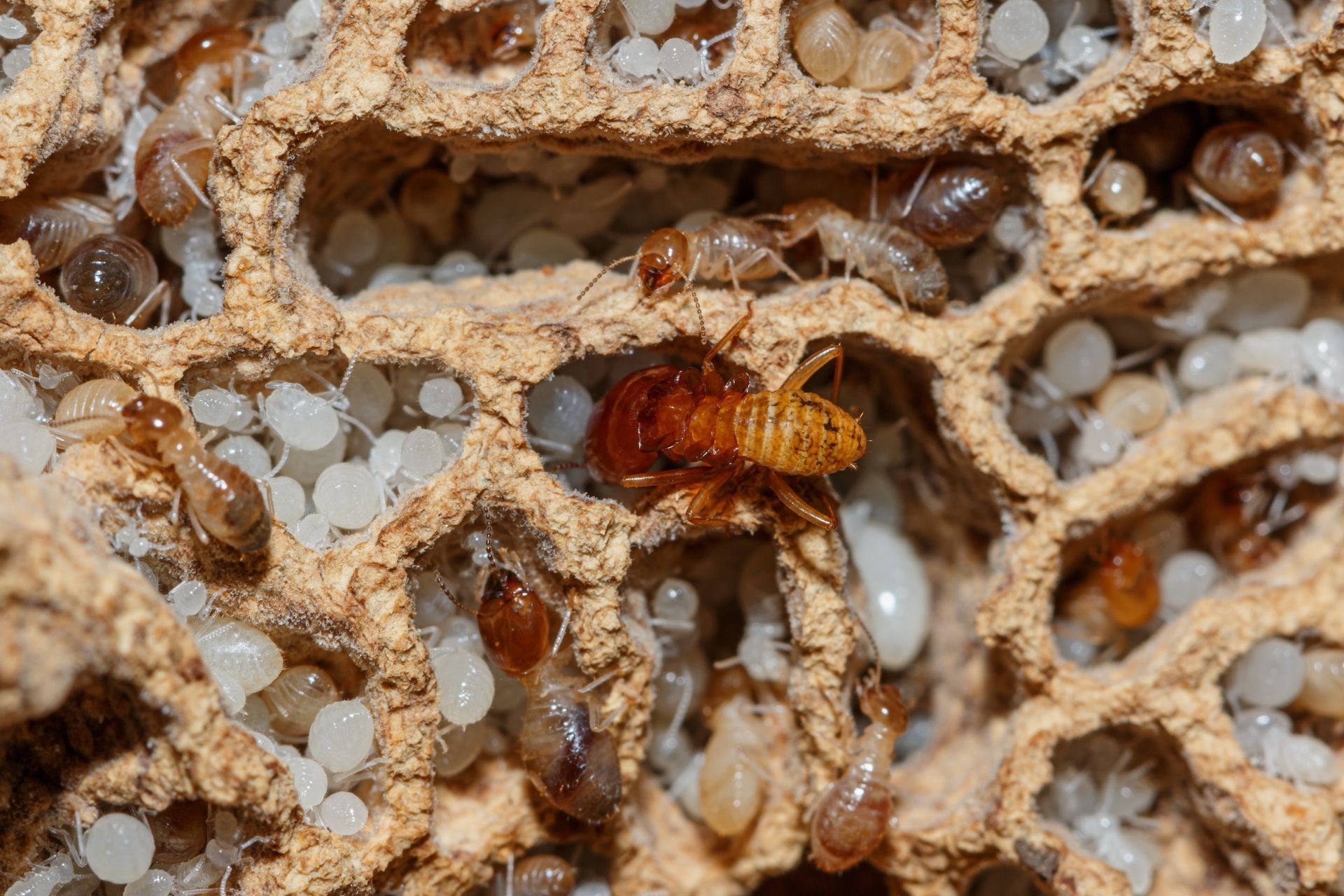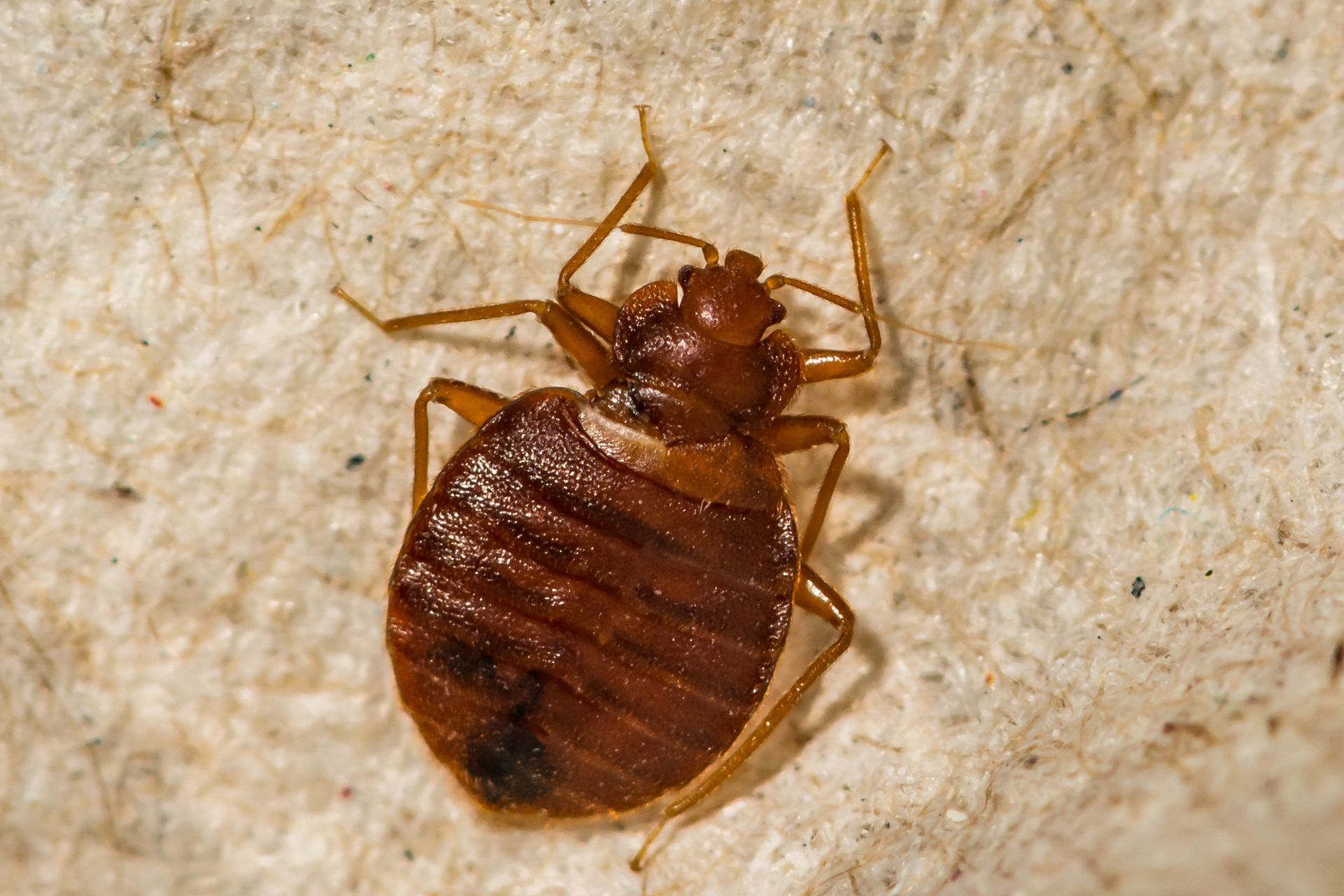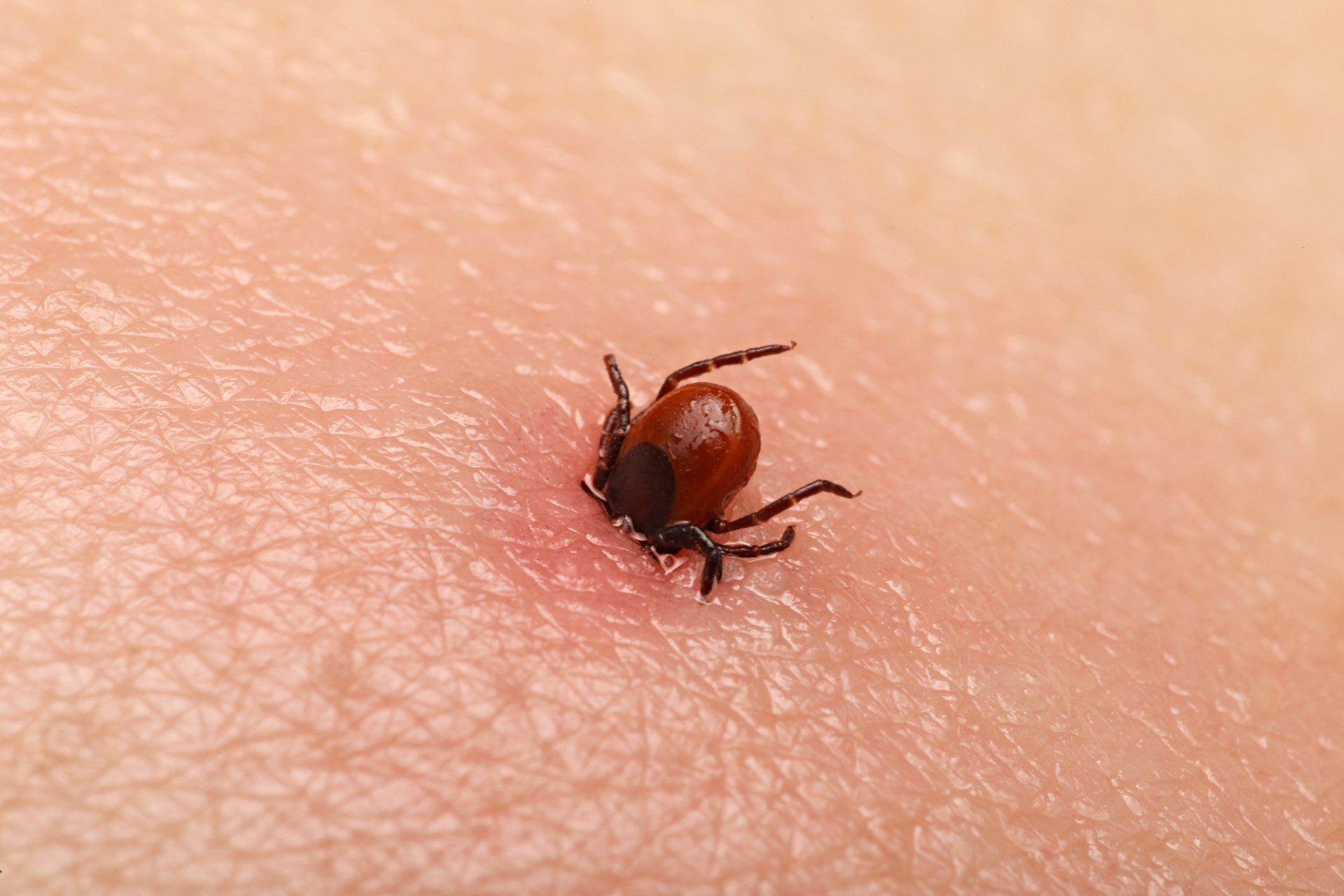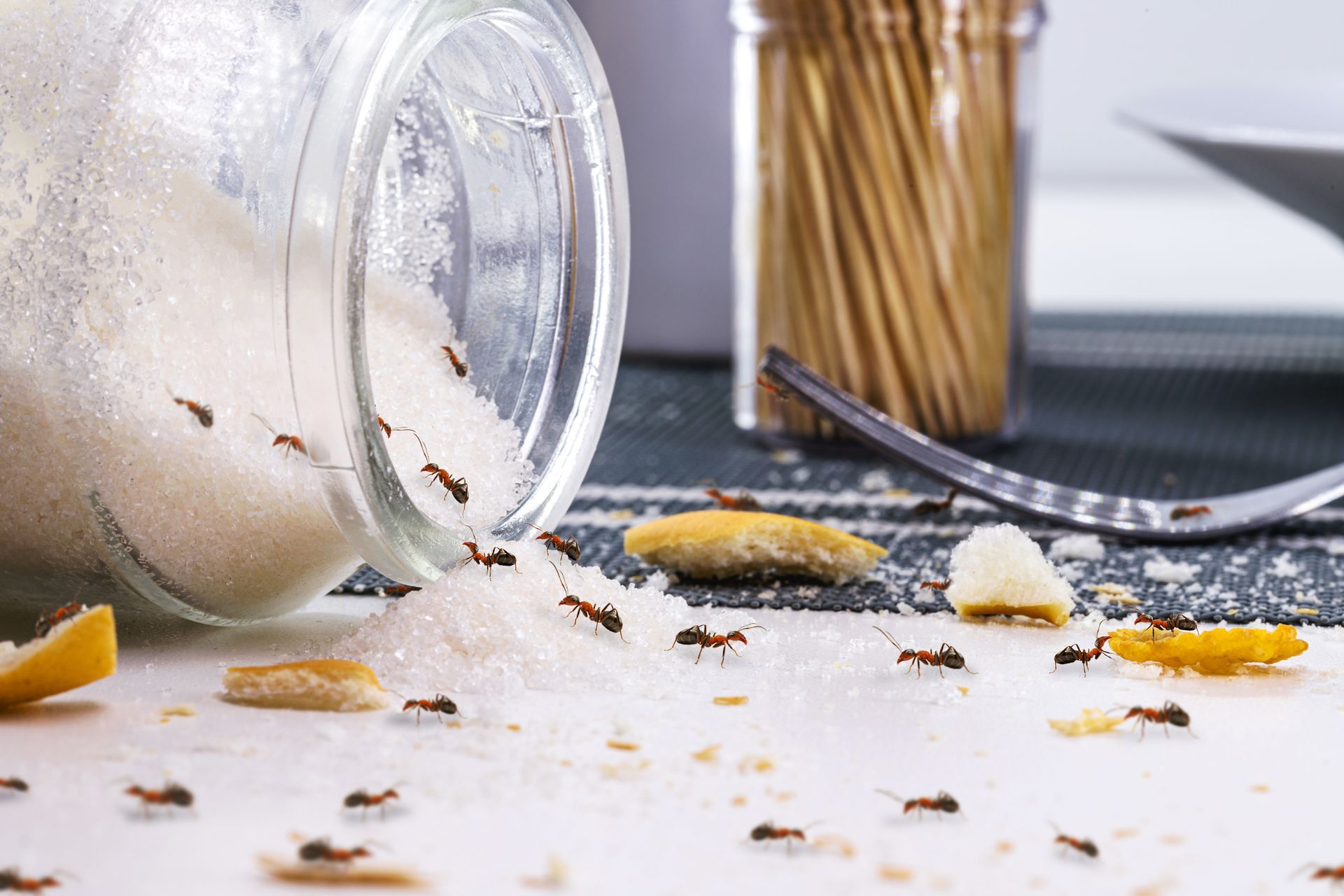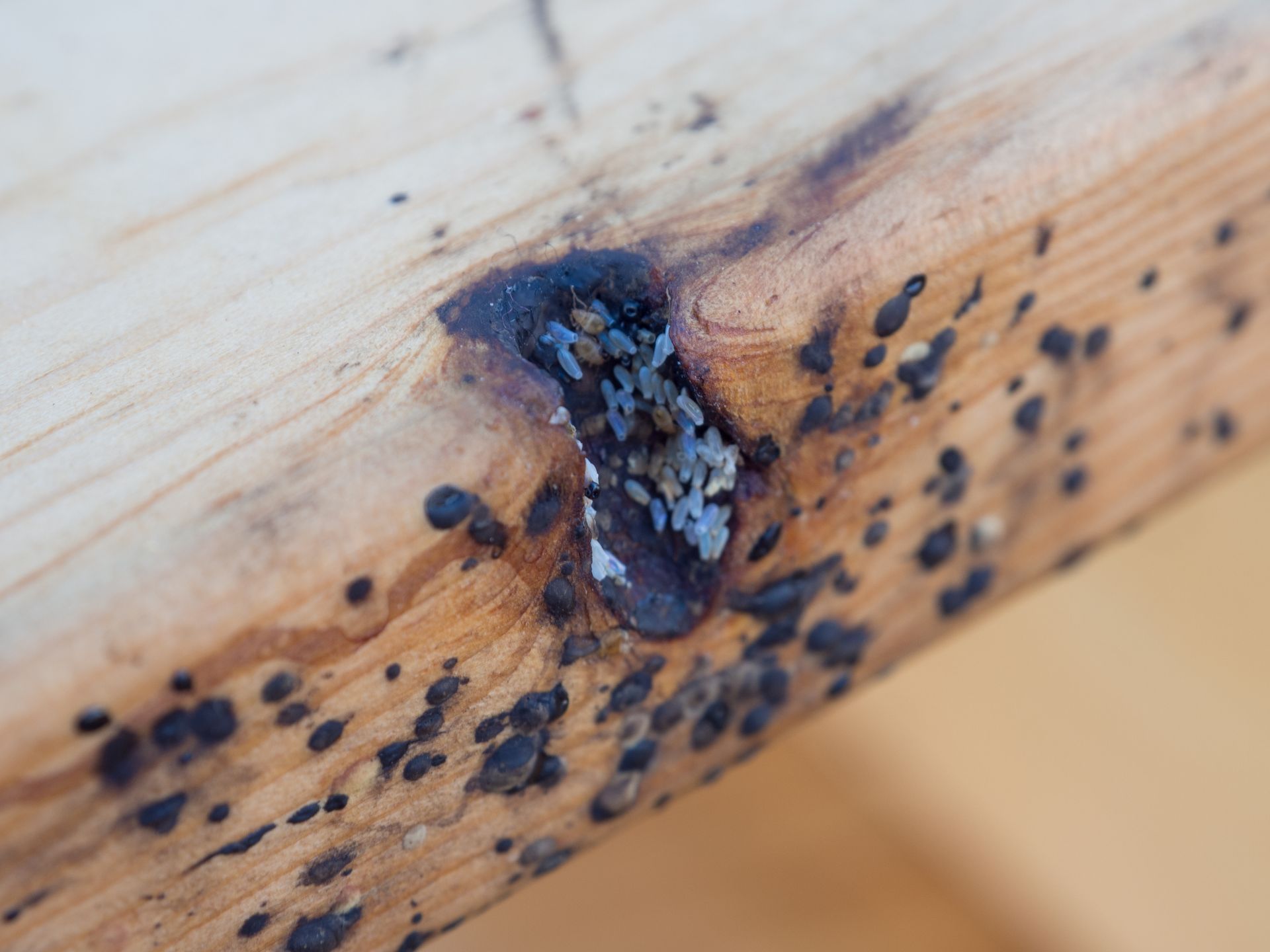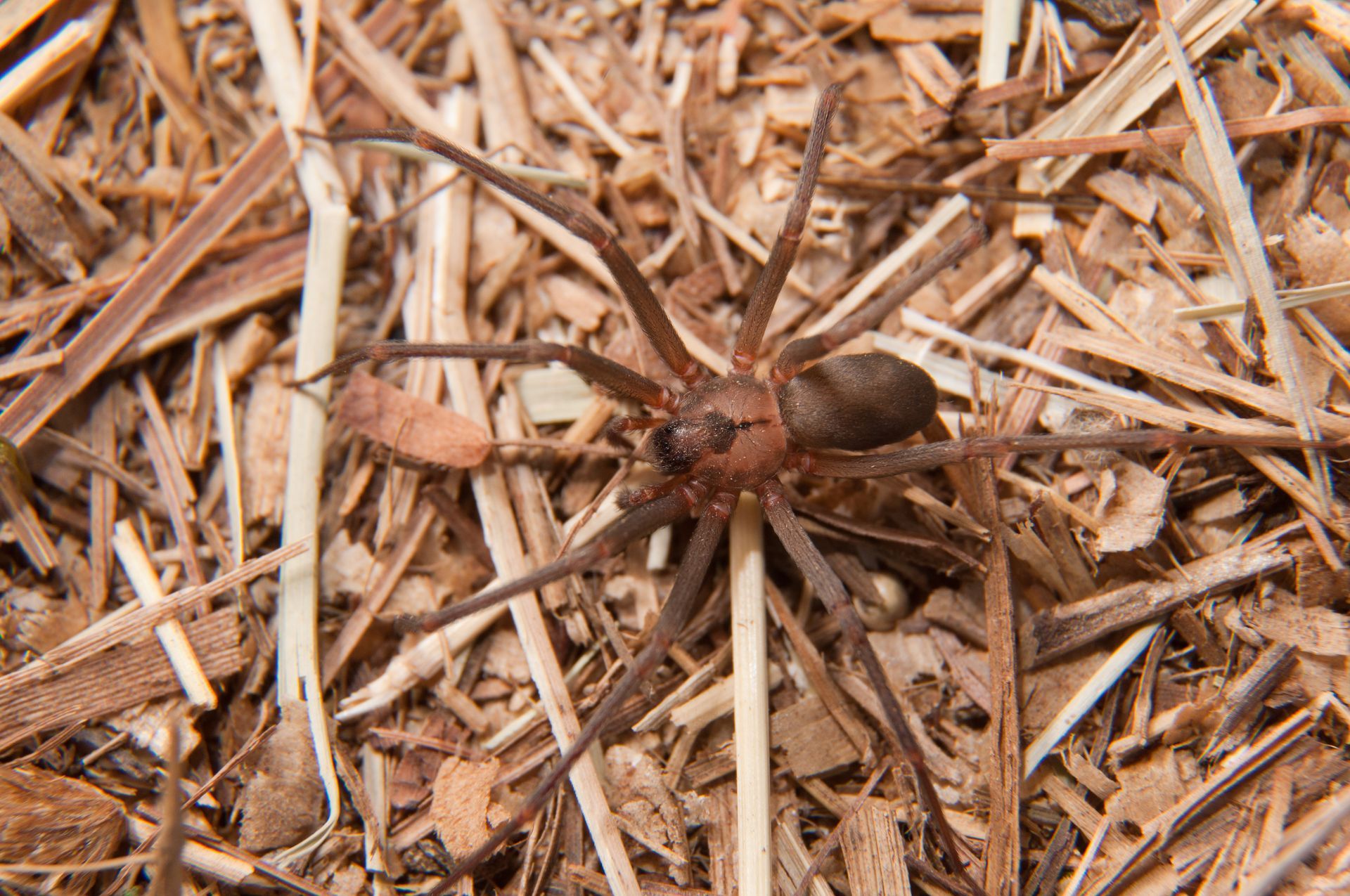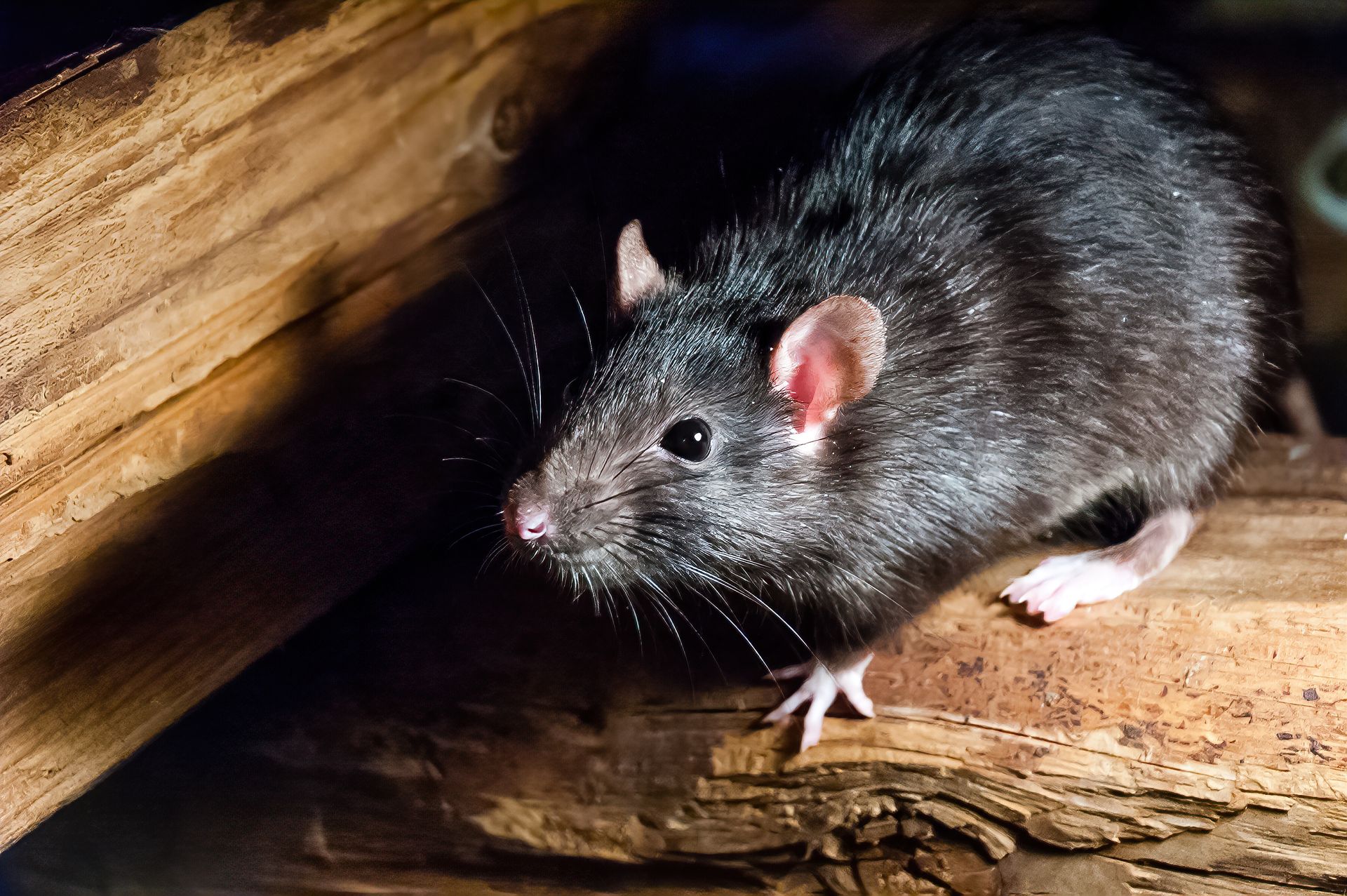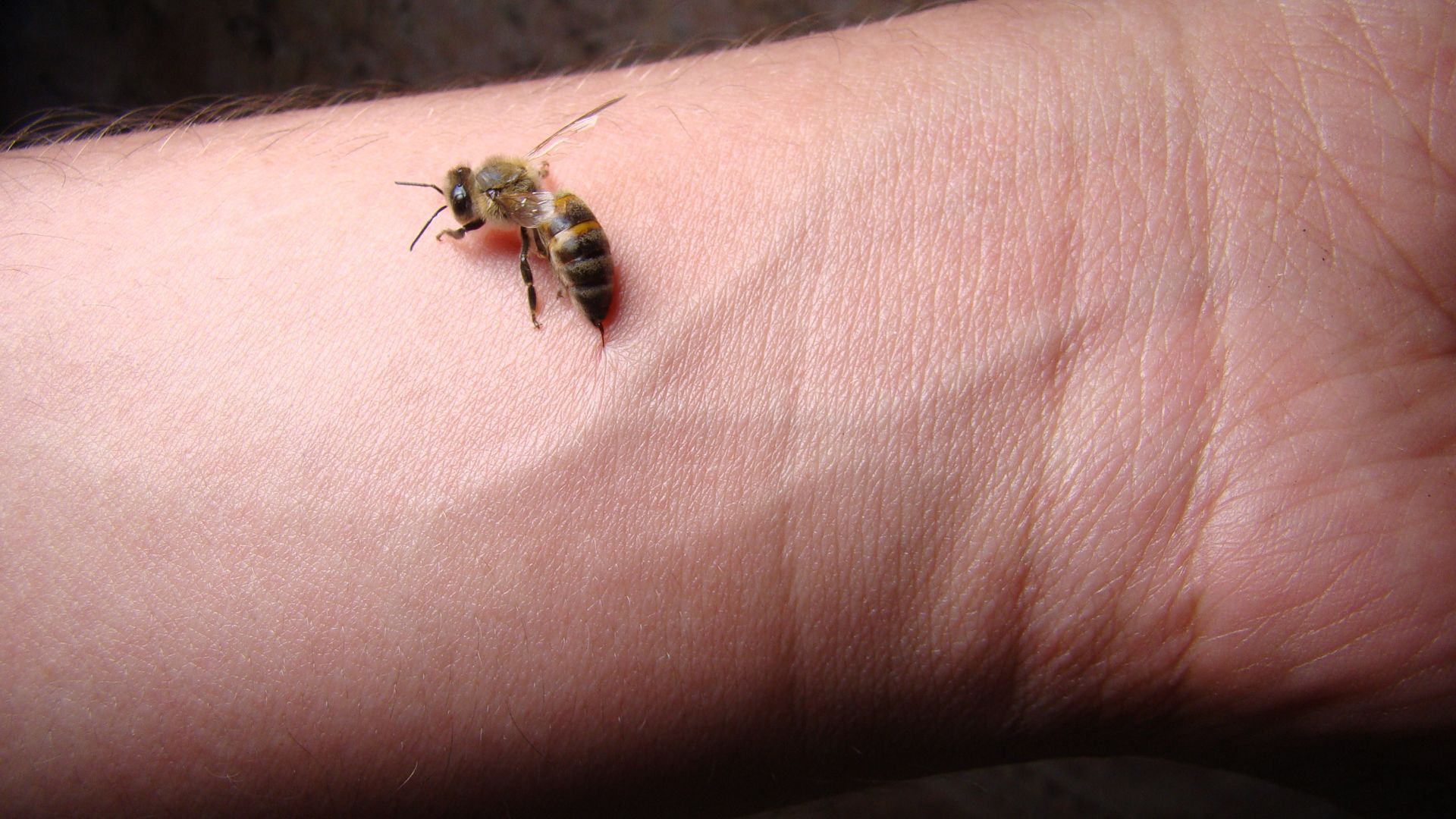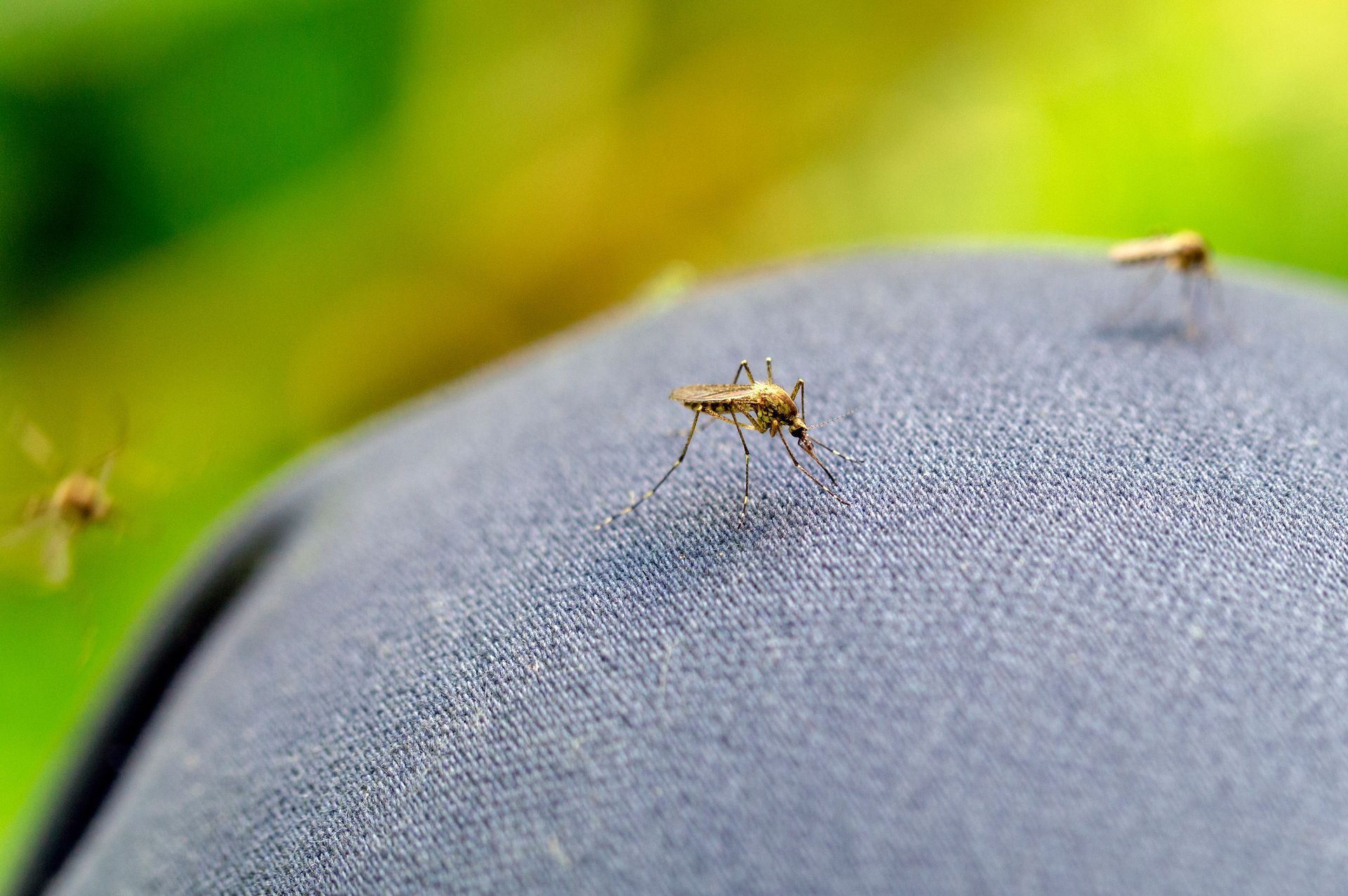Can Cockroaches Fly?

Most cockroaches, regardless of their species, eventually grow wings as adults. However, their ability and desire to fly can vary among species significantly. While some roaches can fly short distances, others use their wings to glide from one location to another. The perception that cockroaches are frequent flyers is mostly a misconception; they usually fly only when encouraged by certain conditions or triggers. Wood cockroaches and smoky brown cockroaches are considered strong flyers while Australian, Asian, and Cuban cockroaches are capable but not as adept at flying. The German cockroach, on the other hand, does not fly at all.
Cockroaches are ectothermic, meaning their body temperatures depend on the surrounding environment and they prefer temperatures between 75 and 85 degrees Fahrenheit. When the temperature exceeds 85 degrees, cockroaches are more likely to fly or glide to seek out cooler spaces. It's important to note that a cockroach’s wing muscles are less powerful than their leg muscles, making running a more favorable mode of movement when threatened.
Do Cockroaches Have Wings
Out of the approximately 55 types of cockroaches living in the U.S., many have wings because they serve both locomotive and protective roles in the life of a cockroach. While some cockroaches are capable of flight over short distances, others primarily use their wings for gliding. Despite most cockroaches having wings, some species rarely use them for flight. It's crucial to note that the ability to fly and the frequency of flying are not necessarily linked, as even species capable of flight might not need to do so very often.
Wings also serve more purposes than just facilitating flight or gliding in cockroaches. They play an integral role in maintaining balance across various types of terrain by readjusting the insect's center of gravity and serving as a counterbalance. This allows cockroaches to traverse uneven surfaces and tight spaces effectively. Furthermore, wings serve as a protective mechanism for these insects. Cockroaches can find themselves stuck on their backs, rendering them vulnerable to predators or the risk of starvation. In such scenarios, they can flutter or extend their wings to flip themselves back onto their feet.
How Do Cockroaches Fly?
Cockroaches exhibit a unique form of winged locomotion due to their anatomical structure. Most cockroach species possess two sets of wings: the forewings and the hindwings. The forewings are located on the exterior and serve primarily as protective coverings. They are typically thick, matching the rest of the cockroach's body in coloration. When the cockroach is not in flight, these wings lay flat on its back, providing a protective shell for the more delicate hindwings tucked beneath.
The second pair of wings, the hindwings, are used for actual flight and gliding. Unlike the hardy, thick forewings, the hindwings are thin and semi-transparent. When a cockroach prepares for flight, it lifts its forewings to expose the flight-ready hindwings. These hindwings are then engaged for flying or gliding. Throughout this process, the forewings play no active role in the flight itself. Instead, they remain lifted and out of the way until the cockroach completes its flight and lands. Therefore, while all cockroaches possess two pairs of wings, only one pair is actively involved in the process of flight.
What Causes Cockroaches to Fly?
While crawling is typically the primary mode of transportation for cockroaches, there are certain conditions that can trigger these insects to fly. Despite their impressive speed when running, flying tends to be more challenging for cockroaches which makes them appear awkward in the air. However, cockroaches may choose to fly for a number of reasons, primarily related to survival and reproduction.
Self-Protection: Cockroaches may fly when they feel threatened or disturbed and need to escape from danger quickly. This flight response can be triggered by natural predators or other potential threats such as household pets.
Mating Season: Some male cockroaches become more active flyers during their breeding season. They use flight to travel in search of a mate.
Search for Food and Shelter: If their usual food sources become scarce or their habitat becomes unfavorable, cockroaches may fly to new locations to find food and a safer environment.
Warmer Temperatures: Being ectothermic creatures, the metabolic activity and energy levels of cockroaches are directly influenced by the temperature of their surroundings. When temperatures rise, particularly above 85 °F, cockroaches may take flight to seek out cooler spaces to hide out.
Do All Cockroaches Fly?
Contrary to popular belief, not all cockroaches are capable of flight. While it's true that most cockroach species develop wings as adults, their flight abilities can vary significantly. Some are adept flyers, while many others, particularly those commonly found in households, are incapable of sustained flight. That being said, cockroaches’ wing muscles are relatively weak which is why they mostly prefer to run instead.
The species, age, and gender of the cockroach also play a role in its flight capabilities. For instance, the male brown-banded cockroach and the male Pennsylvania wood cockroach are known to fly short distances, while the American cockroach primarily uses its wings to glide from higher elevations. Other species like the Oriental cockroach, despite possessing wings, are unable to fly due to the stubby nature of their wings. Similarly, immature cockroaches are wingless, and females of certain species are also flightless. While some cockroaches can fly, it's not a universal trait, and even among those that can, flight is typically a survival mechanism employed under specific conditions.
Common Flying Cockroach Species
While not all cockroaches are capable of flight, several species are known for their flying abilities. These include:
- American Cockroaches (Periplaneta americana): These cockroaches, one of the largest species found in the United States, have large wings that cover their entire abdomen. Although they can fly short distances, they typically use their wings to glide, especially when temperatures are above 85°F. These cockroaches are typically found in areas that have higher humidity like bathrooms, laundry rooms, basements, and boiler rooms.
- Asian Cockroaches (Blattella asahinai): Asian cockroaches look a lot like German cockroaches and are native to southern states where warm temperatures last all year. Due to their location, they are often seen flying as they try to escape the heat.
- Australian Cockroaches (Periplaneta australasiae): Primarily found in the Gulf Coast area, these cockroaches are proficient flyers. Australian cockroaches are typically found indoors and outdoors in places that are warm and humid.
- Cuban Cockroaches (Panchlora nivea): Cuban cockroaches are bright green and capable of flight. They are found in Central America and the southeastern United States.
- Pennsylvania Wood Cockroaches (Parcoblatta pennsylvanica): Pennsylvania wood cockroaches are found throughout the eastern US and as their name implies, they live outdoors in decaying wood. It is important to note that only male wood cockroaches can fly.
- Brown-Banded Cockroaches (Supella longipalpa): This species is also one of the few species that prefers to infest places that are elevated even though only the males of this species have fully developed wings which allow them to fly. These cockroaches are a smaller species, and the males will typically fly only when threatened or disturbed.
- Smoky Brown Cockroaches (Periplaneta fuliginosa): These cockroaches are also capable fliers and are typically found in warm, southern states of the U.S.
It's important to note that even among these species, the majority of them prefer to stay grounded unless necessary for survival or due to specific environmental conditions.
Cockroach Species That Do Not Fly
Several cockroach species are unable to fly, with the German and Oriental cockroaches being two notable examples.
- German Cockroaches (Blattella germanica): Known for frequently invading residential homes, German cockroaches are light brown or tan in color, measuring about 1/2–5/8 inches long. They have two distinct dark parallel stripes running down their backs. Despite having wings, German cockroaches are incapable of powered flight, meaning they cannot actively flap their wings to fly upwards. Instead, they can only glide short distances if they are disturbed or need to escape danger, and this is typically from a high starting point to a lower location.
- Oriental Cockroaches (Blatta orientalis): Oriental cockroaches, often referred to as "water bugs," prefer to inhabit damp, cool, dark areas and are less frequently seen in populated areas. They are considerably larger than their German counterparts, measuring about 1 inch long, and are distinguishable by their dark reddish-brown to black coloration and a strong, repulsive odor they emit. Unlike other species, Oriental cockroaches have significantly undeveloped wings, rendering them completely incapable of flying or even gliding. Male Oriental roaches develop short wings that only cover about 3/4 of their bodies, while females do not have wings.
While their lack of flight might seem like a disadvantage, these species have adapted to excel in other areas, particularly in their ability to invade and infest human dwellings. Both species are known for their rapid reproduction and ability to survive in a wide range of environments, which makes them some of the most prevalent species of cockroaches encountered by humans.
How Did I Get Flying Cockroaches?
Flying cockroaches can find their way into homes through various means, often drawn by light and the promise of warmth, moisture, and food. Open doors and windows, especially if unscreened or with damaged screens, are common entry points. Other ways include hidden spaces in boxes or bags brought into the home, or they might crawl through pipes or exploit structural faults in a building.
Cockroach species that can fly usually don't thrive indoors for extended periods; however, they might take shelter during harsh outdoor conditions. Places of warmth and moisture, like near heaters, in heating ducts, and around leaky air conditioning units, are particularly attractive to these pests. They also have a tendency to congregate in damp areas such as under sinks and around bathtubs. Regularly checking and sealing these potential entry points can be instrumental in preventing a flying cockroach infestation.
How Serious of a Problem are Flying Cockroaches?
Flying cockroaches can pose a serious problem when they infest homes, as they often remain hidden and undetected for extended periods. These nocturnal pests usually hide during the day and feed on decaying organic matter and food crumbs when people are not around. Their droppings and shed skins can exacerbate allergies and trigger asthma in sensitive individuals.
Moreover, adult flying roaches can live for over a year, during which they can contaminate pantry goods and spread harmful pathogens. They can transfer viruses, fungi, and bacteria to food items such as rice, bread, and peanuts, putting residents at risk for various forms of gastroenteritis. This includes illnesses like dysentery and food poisoning. Consequently, it is essential to address flying cockroach infestations promptly and effectively to protect the health and well-being of residents.
Are Flying Cockroaches Dangerous?
Flying cockroaches may fly towards people by accident in their haste to avoid danger. When they do they might startle or disgust individuals when they glide towards them but it’s important to remember that they do not pose a direct threat in terms of bites or attacks. Unlike most harmful pests, cockroaches do not feed on human blood.
However, cockroaches, whether they fly or not, can indeed pose a considerable indirect threat to human health. They are known to frequent environments with waste and decaying organic matter, consequently becoming carriers of harmful bacteria such as E. Coli and salmonella. When these pests infest homes and businesses, they can contaminate surfaces and food supplies with these pathogens, increasing the risk of foodborne illnesses. Additionally, allergens present in cockroach droppings, dead cockroaches, and cockroach parts can trigger allergic reactions and exacerbate asthma symptoms in some people. Hence, regardless of their ability to fly, cockroaches should be considered a significant concern when it comes to maintaining a safe and healthy living environment.
How Do I Get Rid of Flying Cockroaches?
Getting rid of flying cockroaches involves a multi-step approach that begins with creating an environment that is less conducive to their survival. Cockroaches, including the flying varieties, thrive in warmer, humid conditions. Therefore, reducing the room temperature below 80 degrees Fahrenheit and controlling humidity can help discourage their presence. This can be achieved by turning off heaters or activating air conditioning units, which reduces humidity and creates an unfavorable environment for these pests.
However, modifying the environment is only the first step. Another critical aspect of handling a cockroach infestation is identifying and addressing the source of the problem. For instance, flying cockroaches such as the American cockroach are typically drawn to moisture-rich environments and can access homes through openings around plumbing lines. Therefore, checking for and fixing any leaky pipes, as well as sealing potential entry points, can be effective in managing the infestation. If a roach problem persists or is beyond individual control, it may be advisable to contact pest control experts. These professionals have the experience and tools to handle cockroach infestations efficiently and in an eco-friendly manner.
Contact EcoGuard Pest Management if You Are Dealing with Cockroaches
It’s important to address cockroach problems as soon as they are found because a small cockroach problem can quickly develop into a full blow infestation. These pests unsightly and they can also carry diseases and cause respiratory issues. Contact EcoGuard Pest Management to effectively and efficiently exterminate your cockroach problem. With over 20 years of experience and commitment to eco-friendly solutions, we are the perfect choice for anyone looking to eliminate cockroaches from their home or business. Their knowledgeable and professional team will work with you to create a customized plan that fits your specific needs and budget, using only the most effective and environmentally friendly methods. Contact EcoGuard Pest Management today to get started on a pest-free future!
Flying Cockroach FAQs
-
Why would a cockroach fly?
Cockroaches may fly in order to escape danger, find food or a mate, or simply to explore their environment.
-
What kind of roaches fly?
Some species of cockroaches that can fly include the American cockroach, the Australian cockroach, and the smokybrown cockroach.
-
Can cockroaches hurt you?
While cockroaches themselves do not typically pose a direct threat to humans, they can spread disease, trigger allergies, and exacerbate asthma symptoms.
-
What to do if there is a flying cockroach in your house?
If you encounter a flying cockroach in your house, the best course of action is to remain calm and try to capture or kill it using a flyswatter, vacuum, or cockroach-specific insecticide. It is also important to address any underlying pest control issues to prevent future infestations.
Request A Free Estimate
We will get back to you as soon as possible
Please try again later
Immediate Service Available
Services
Customer Care
Legal
Working hours
- Mon - Sun
- -
All Rights Reserved | EcoGuard Pest Management | All Phone Calls Recorded | By Using Website You Agree To Terms Of Use



